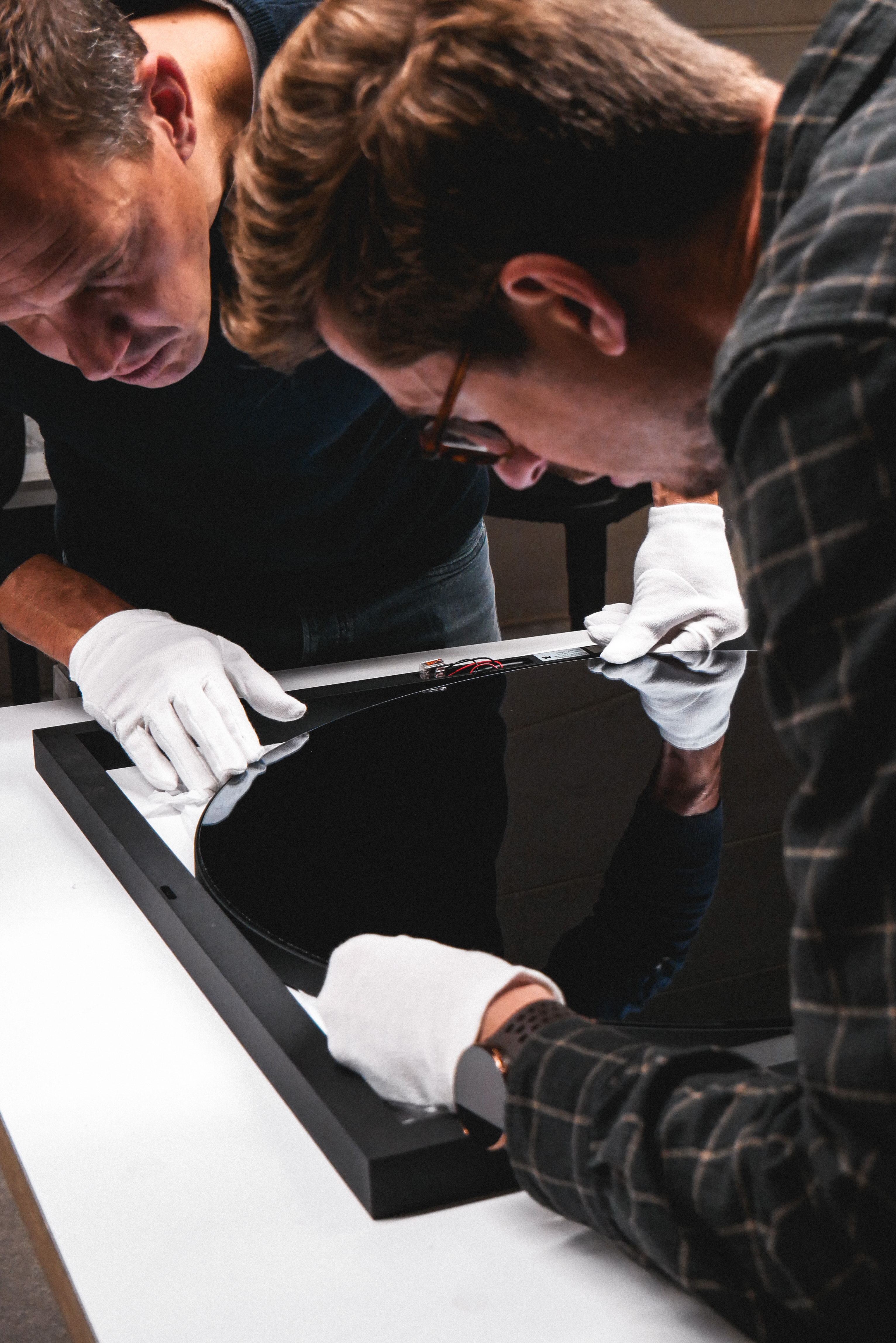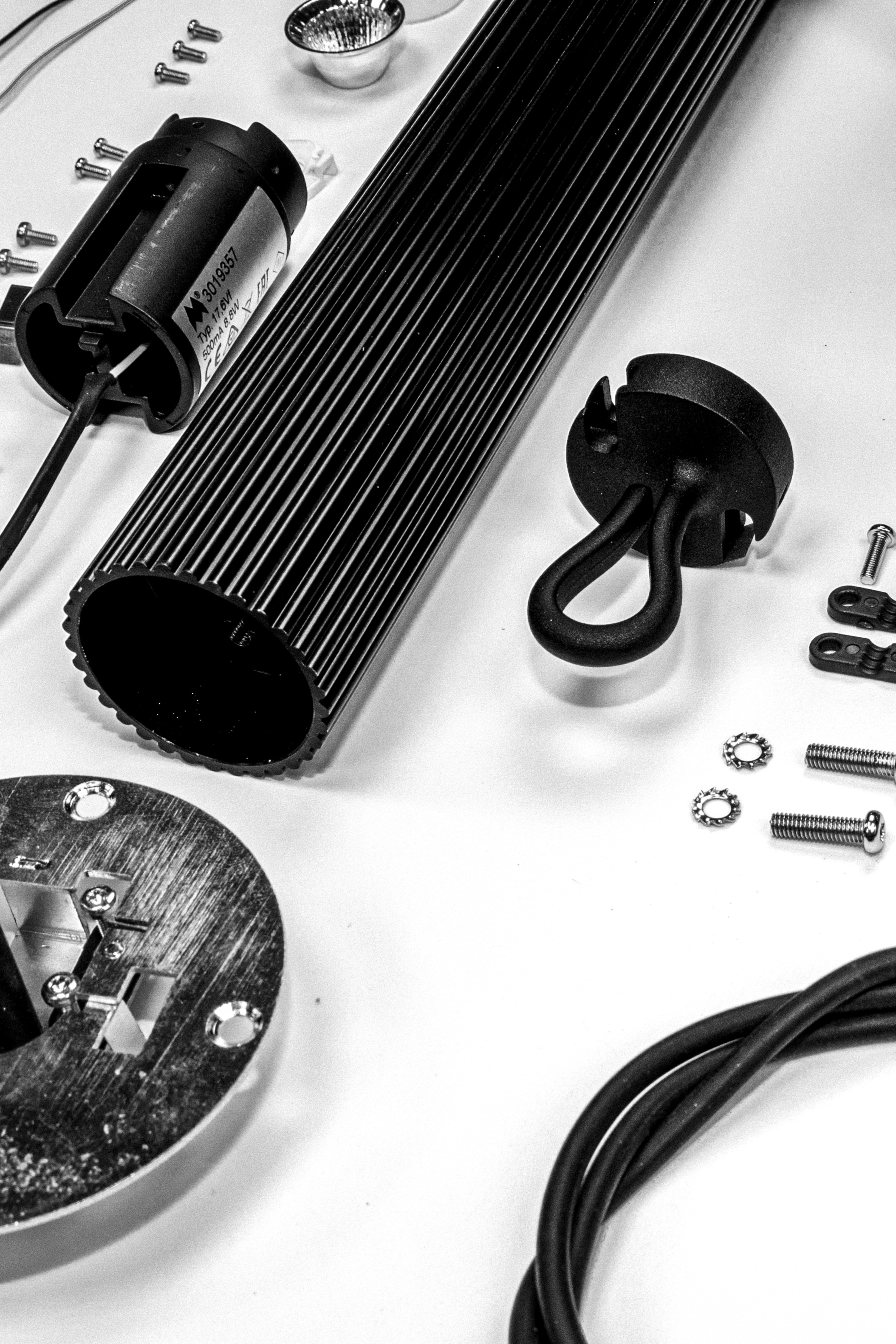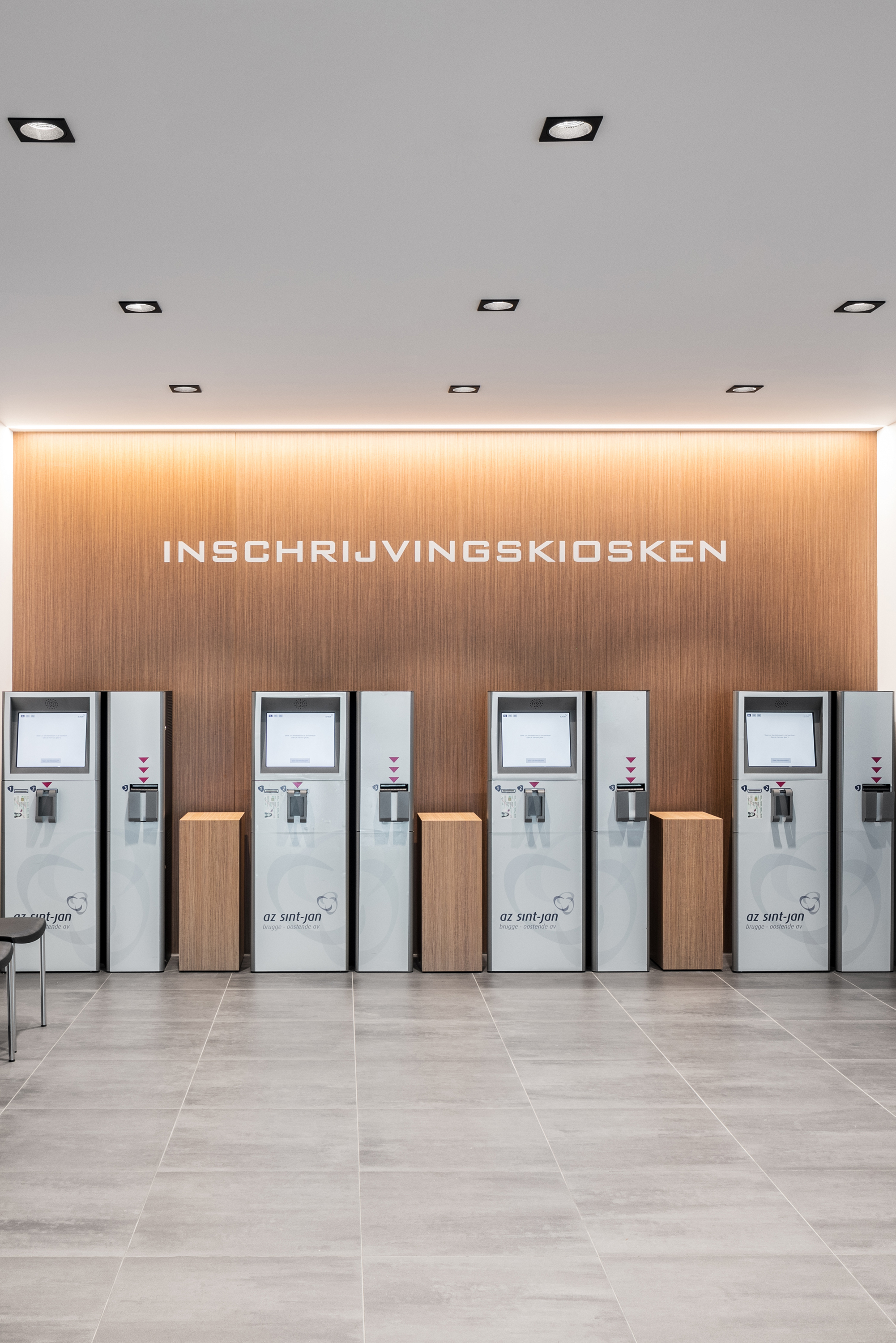Beyond great design, we envision our products within their broader contexts — how they fit into interiors and how they can avoid the landfill altogether. That’s why we enter the design process with a critical mindset, asking ‘why’ five times before approaching the drawing board.
The goal is to avoid adding new components unless it’s truly justified, keeping things modular at all times. The 5 Whys technique is not just a strategic memo tucked away in a designer’s drawer; it’s a valuable tool that helps us develop new products and, most of all, expand the existing product families.
1. Why we develop this luminaire?
2. Why do we use this part?
3. Why do we use this material?
4. Why don't we give this component a double function?
5. Why do we develop a new tool?




